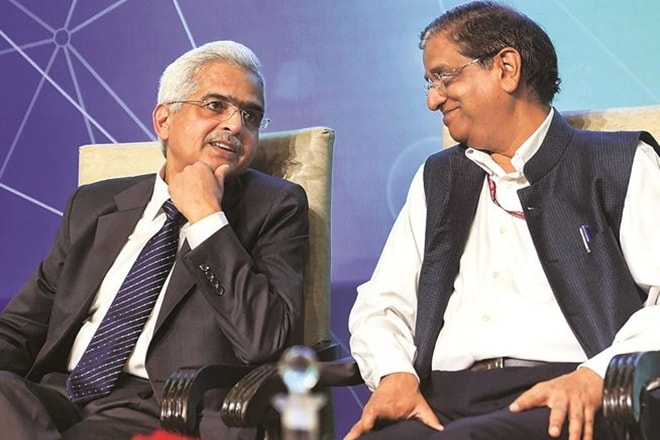The finance ministry on Monday said the liquidity situation in the economy was “comfortable”, and it will improve further with the central bank’s move to infuse Rs 35,000 crore through the rupee-dollar swap arrangement, announced last week.
Economic affairs secretary Subhash Chandra Garg said the RBI’s swap arrangement is a “sound move”. Under this swap, the central bank wants to buy dollars (around $5 billion, or Rs 35,000 crore) from banks and return these dollars at the end of three years (in 2022) for a ‘forward’ premium. This premium would be fixed through an auction on Tuesday. This typically means the RBI will be buying dollars from banks and selling ‘forward dollars’ for a premium.
To shore up liquidity in the system, the RBI has purchased bonds worth Rs 2.9 lakh crore. Now, it wants to try out the swap mechanism to inject liquidity instead of undertaking more open market operations.
According to a Care Ratings report, the banking system liquidity deficit widened in the week through March 15 to Rs 35,822 crore from Rs 30,664 crore in the previous week, with the deficit hitting a two-week high of Rs 86,143 crore on March 15. This was, however, primarily attributed to the outflows towards advance tax payment (March 15 was the due date).
“The year-end demand for funds, increased currency in circulation (over Rs 21 lakh crore), scheduled fortnightly reporting of banks to RBI and higher government market borrowings added to the banking system liquidity constraints,” the report said.
In addition, the sustained lower growth in bank deposits against the rise in bank credit off-take in the current fiscal has been weighing on the banking system liquidity since October 2018.
However, liquidity infusion by the RBI through OMO purchases of Rs 12,500 crore on March 14 and increase in foreign inflows into the domestic market during the week through March 15 helped limit the deficit to an extent. Also, in recent weeks, the deficit has narrowed — it was as much as Rs 80,000 crore in the week through January 25.

